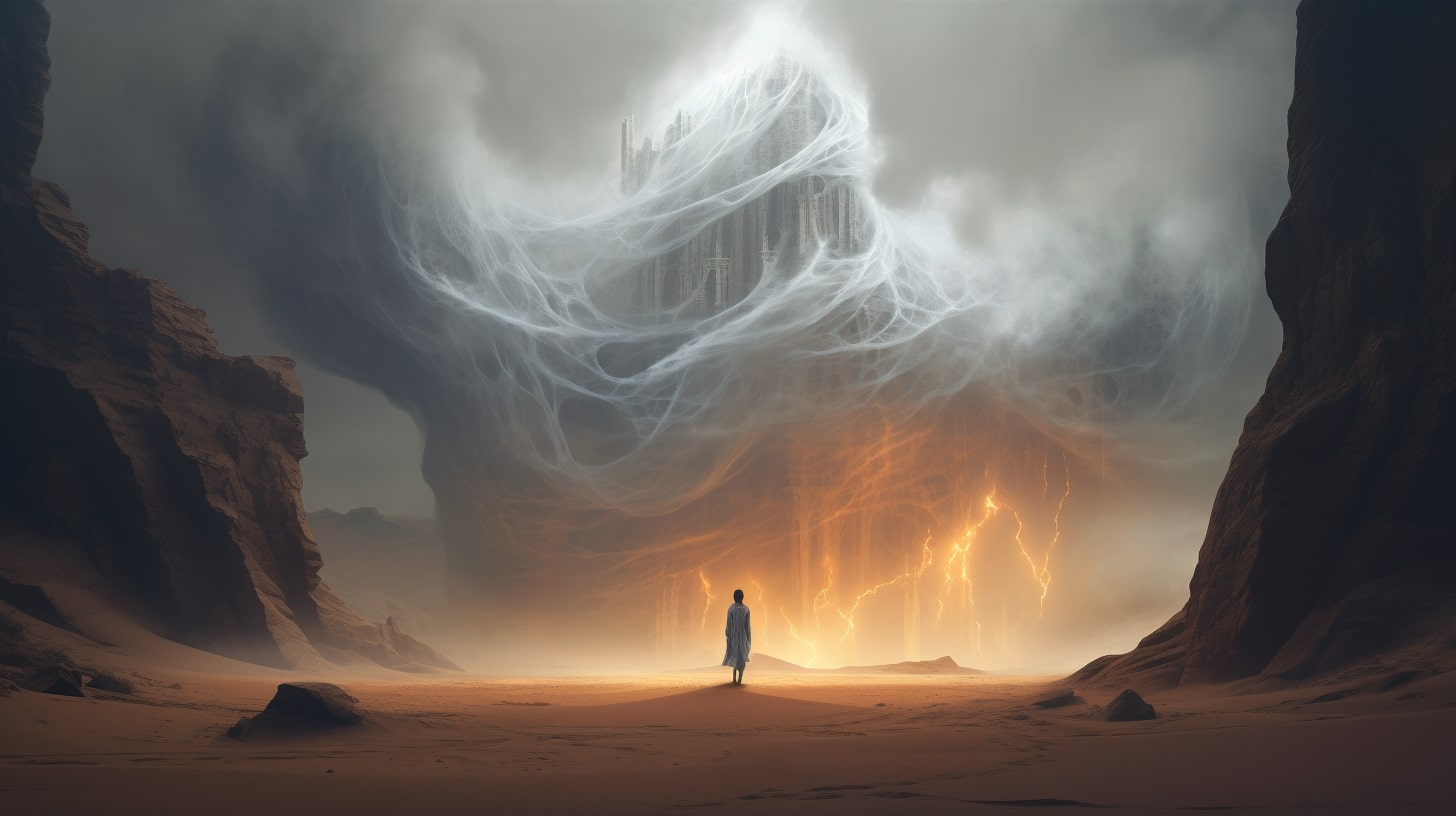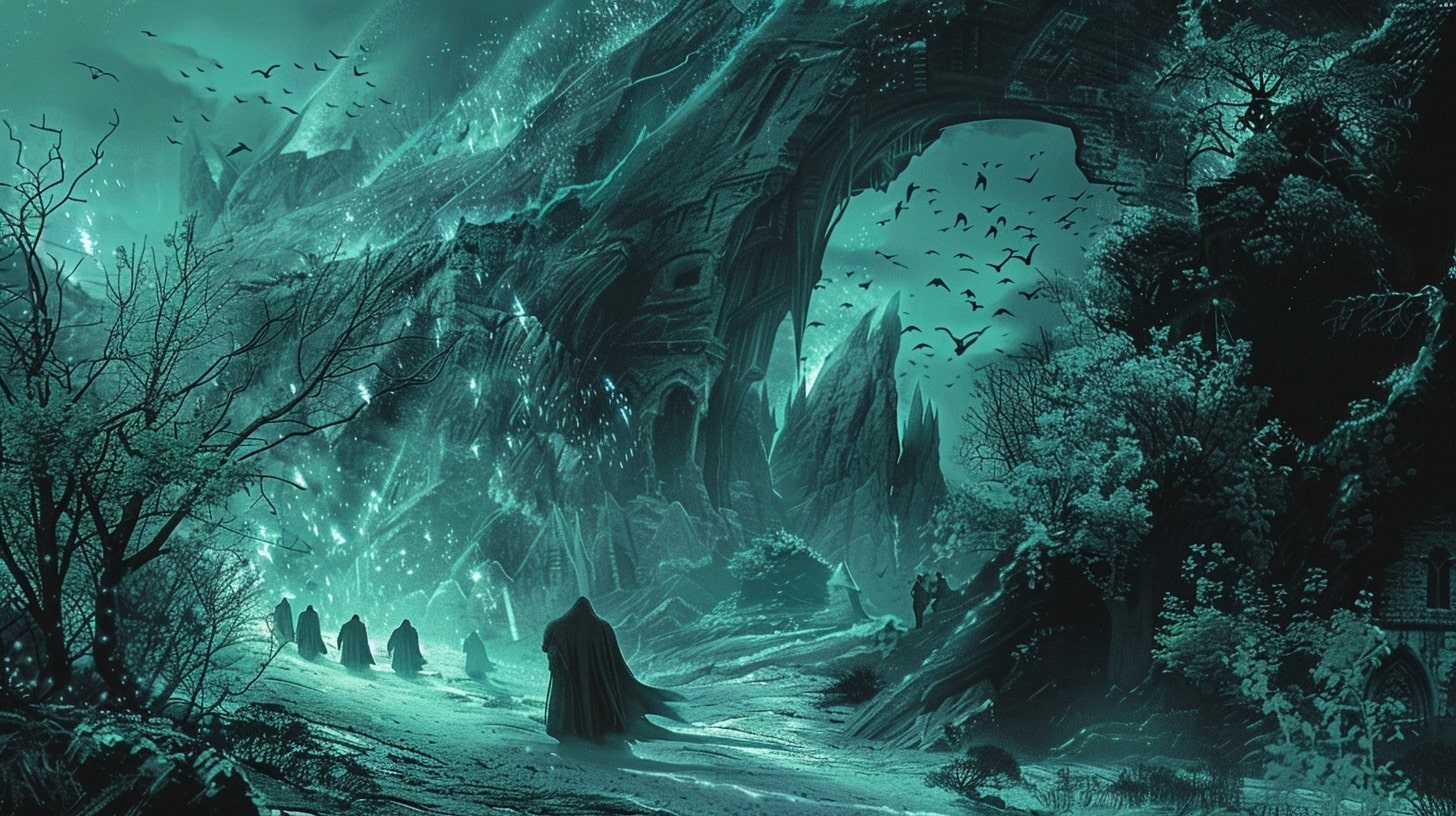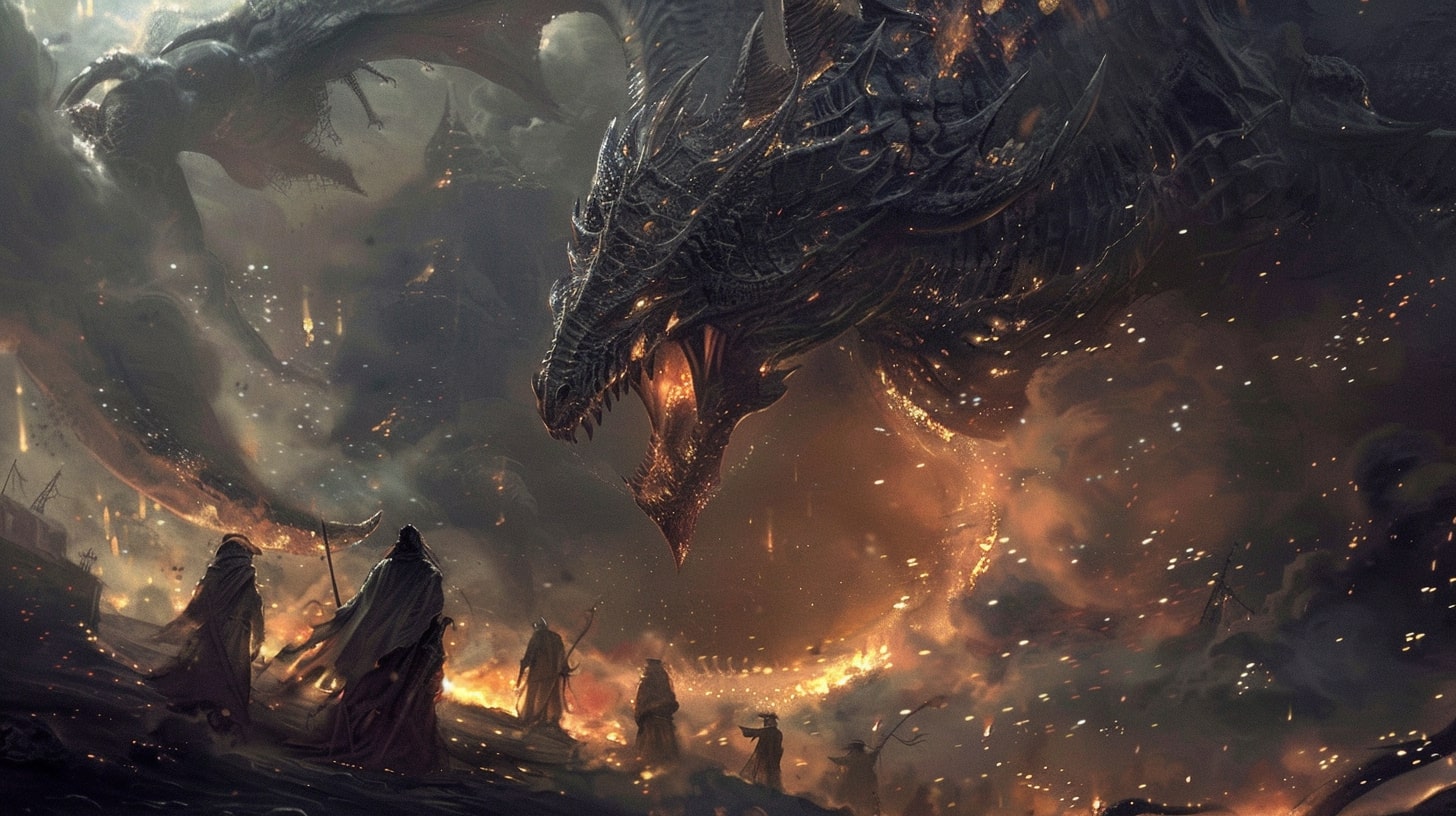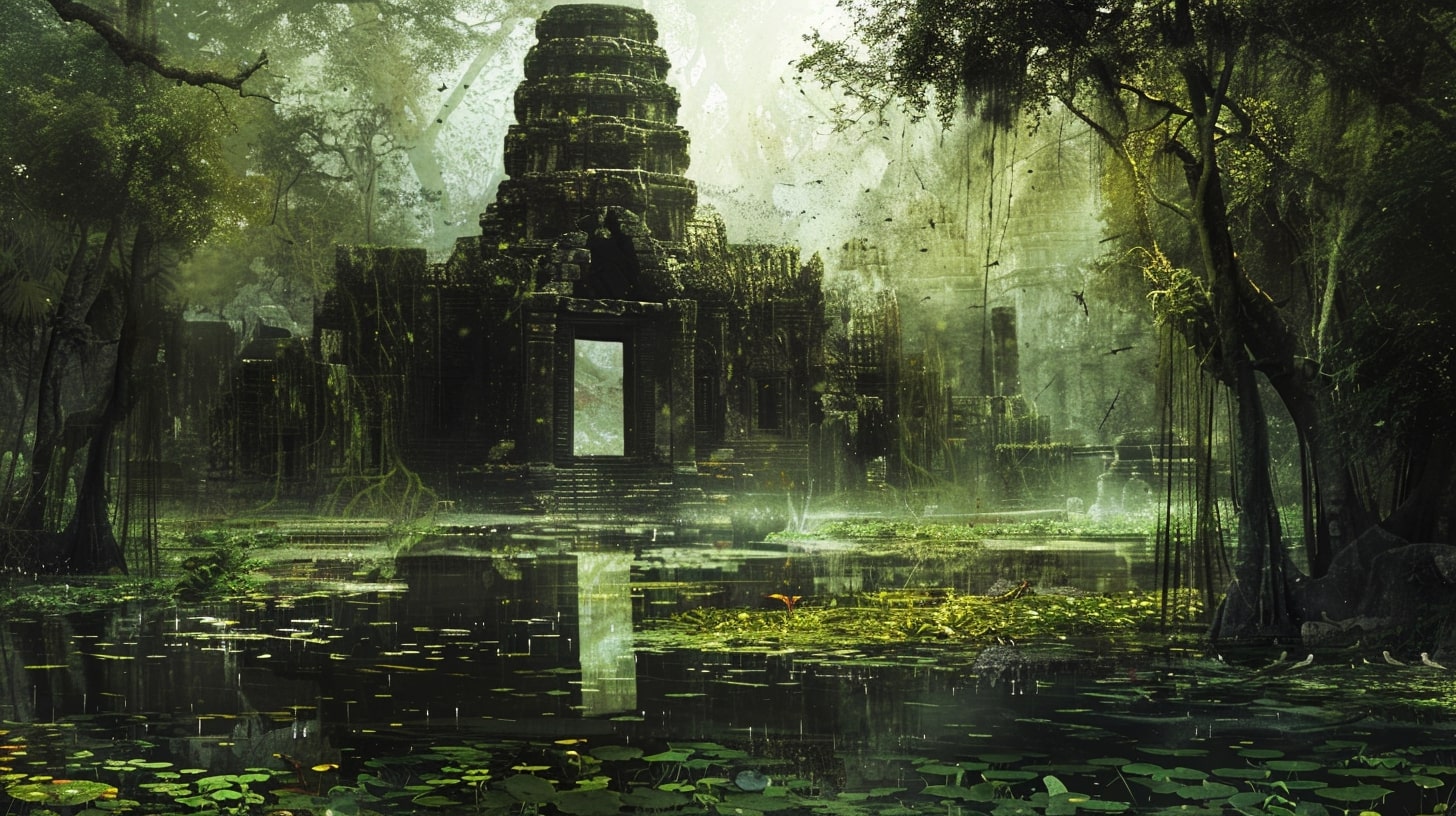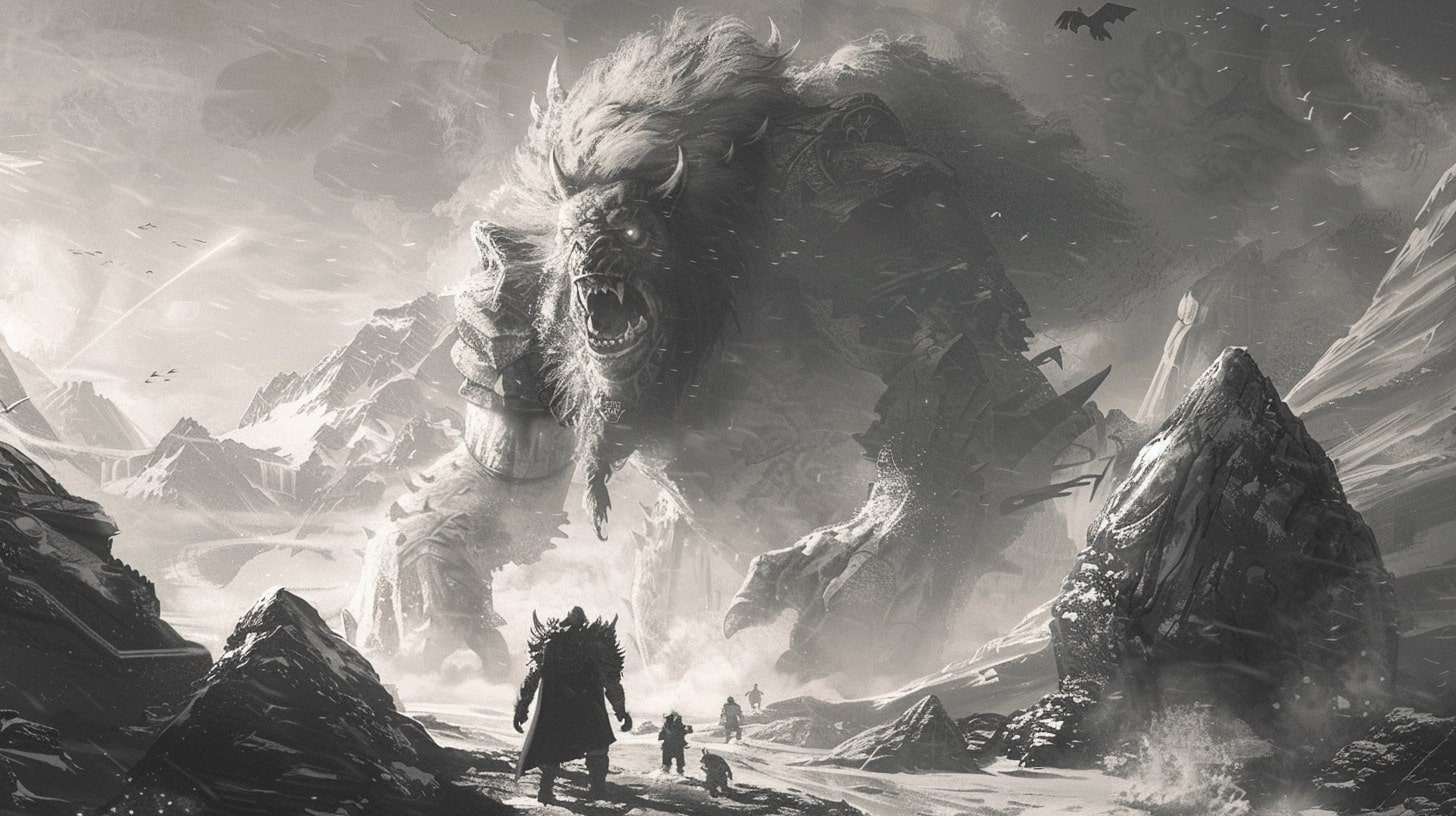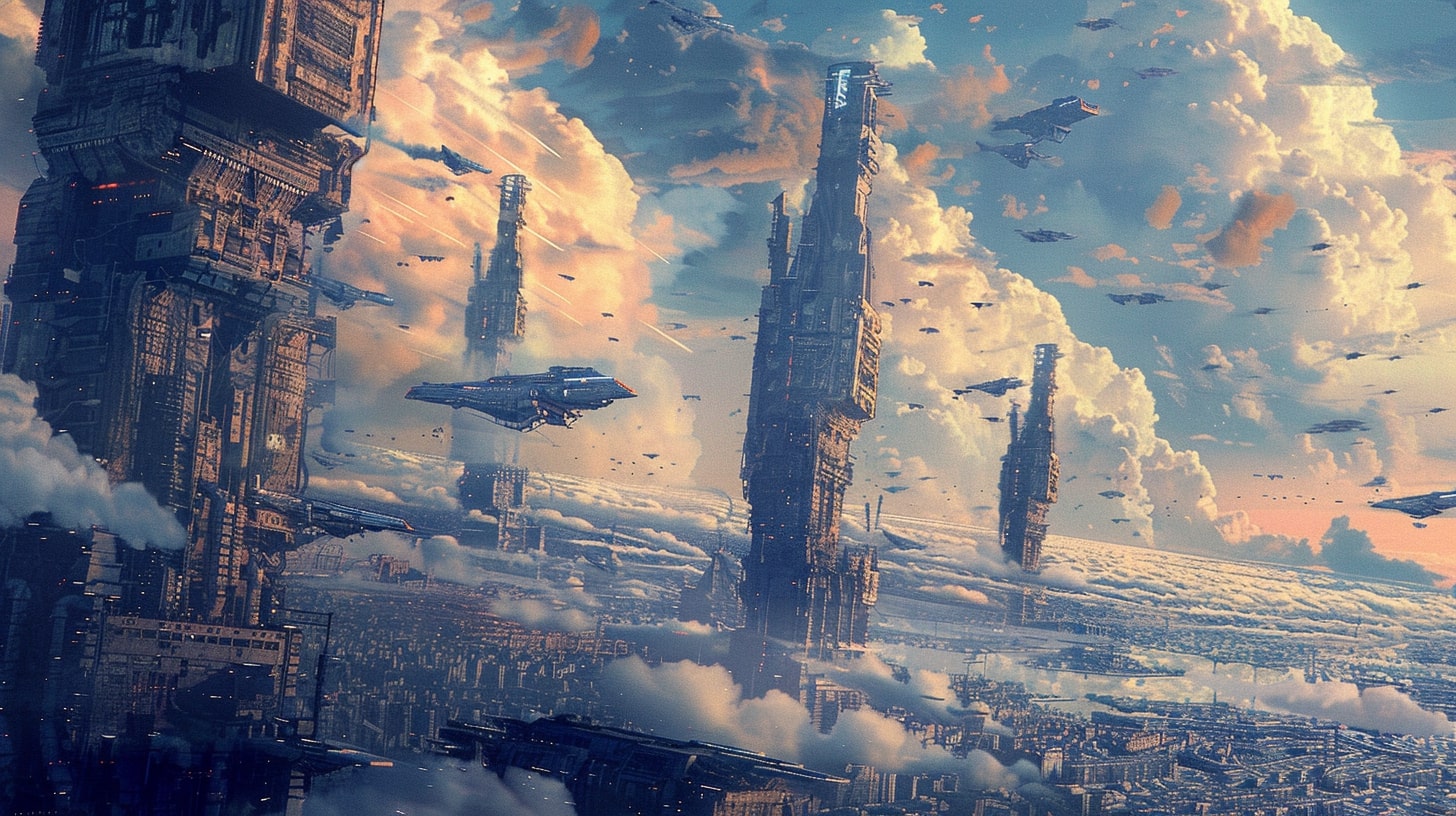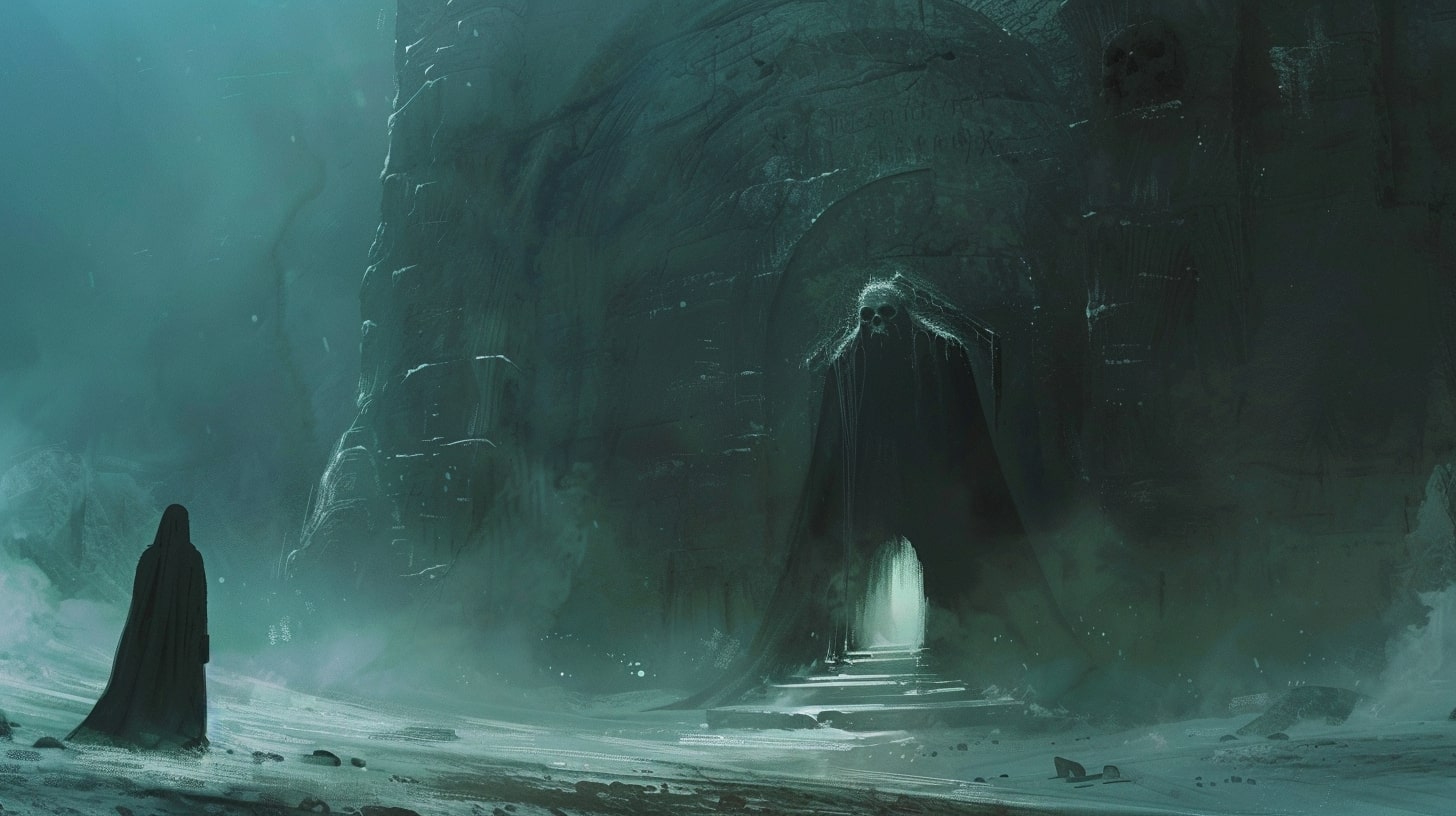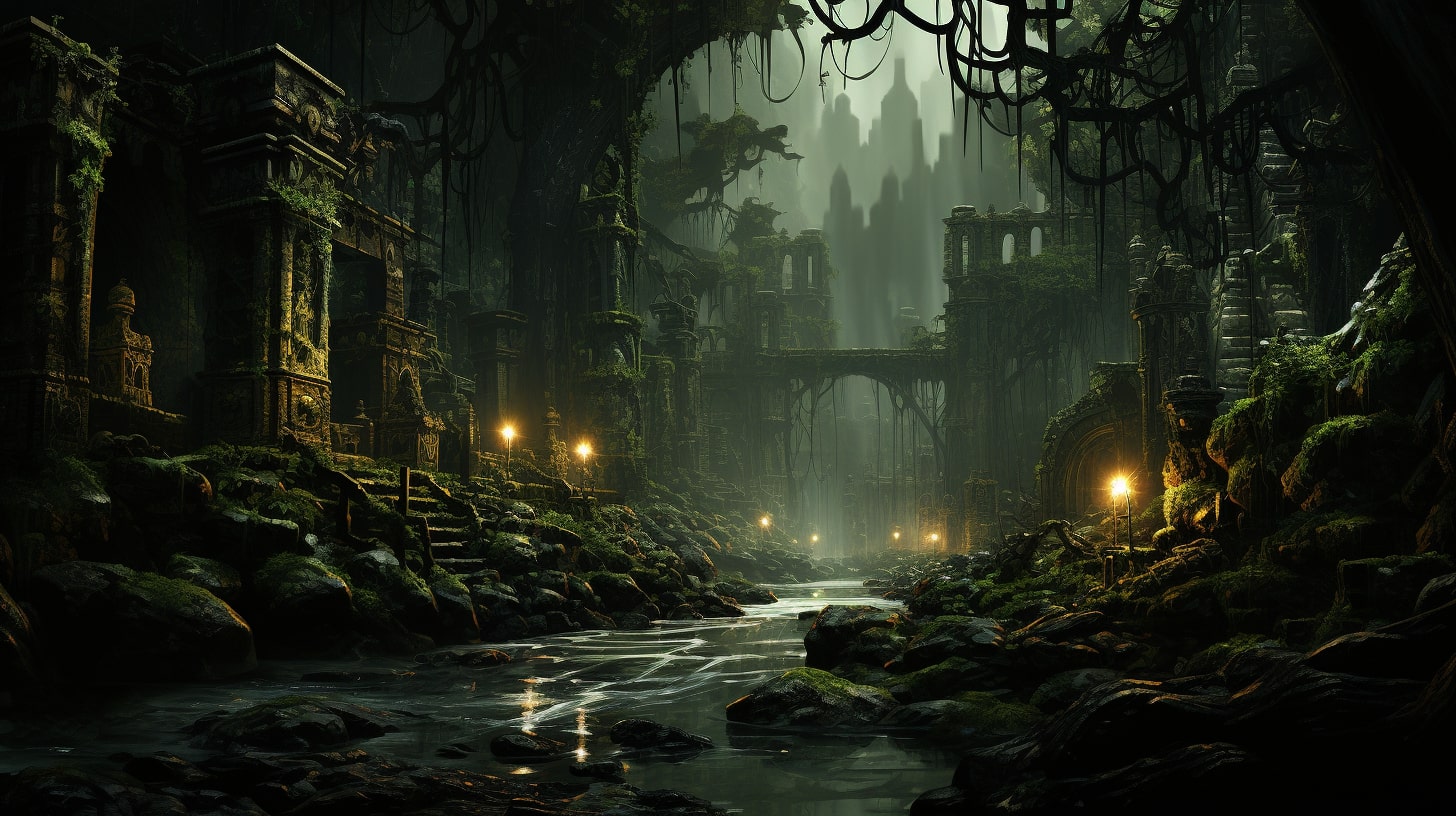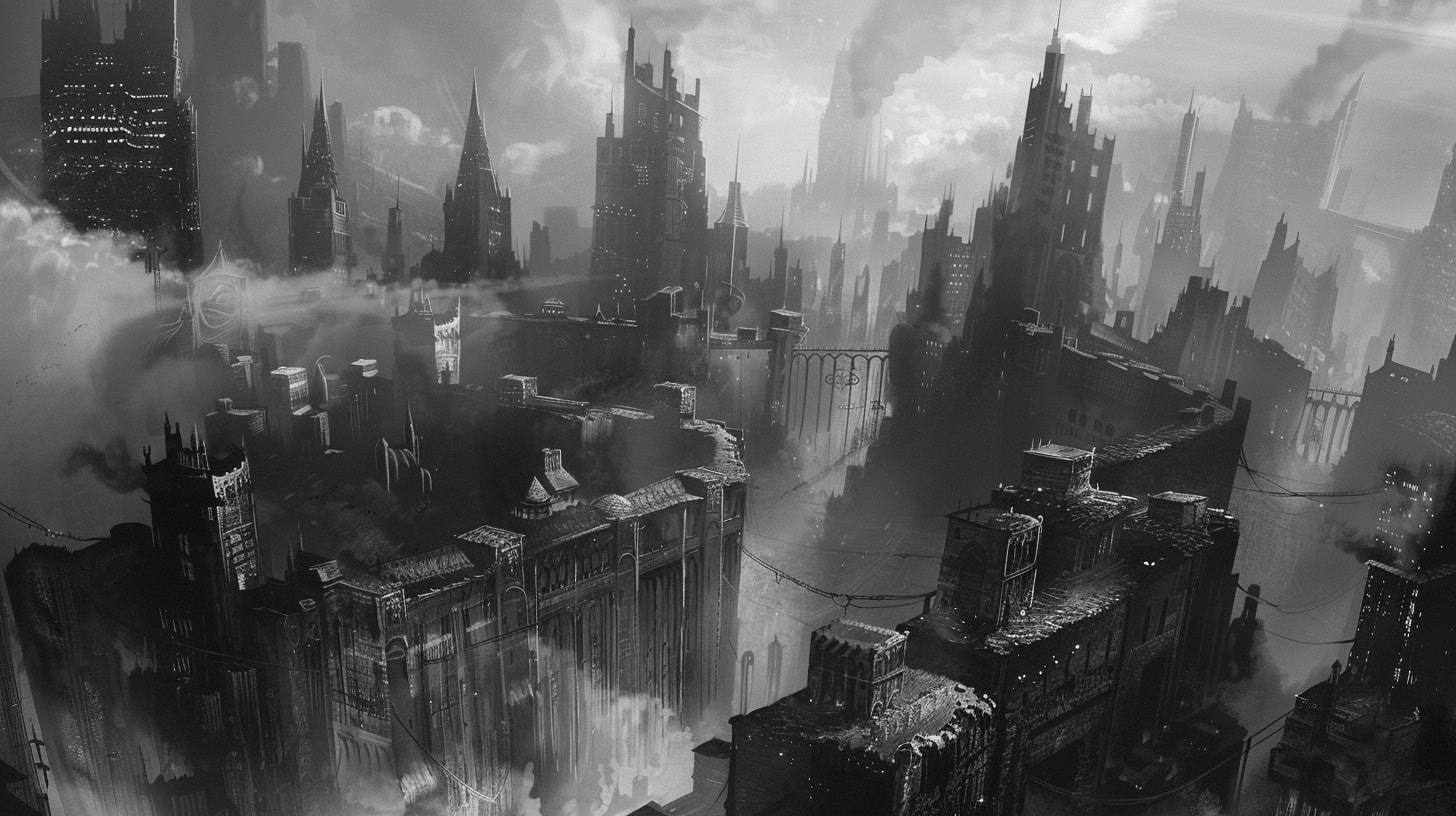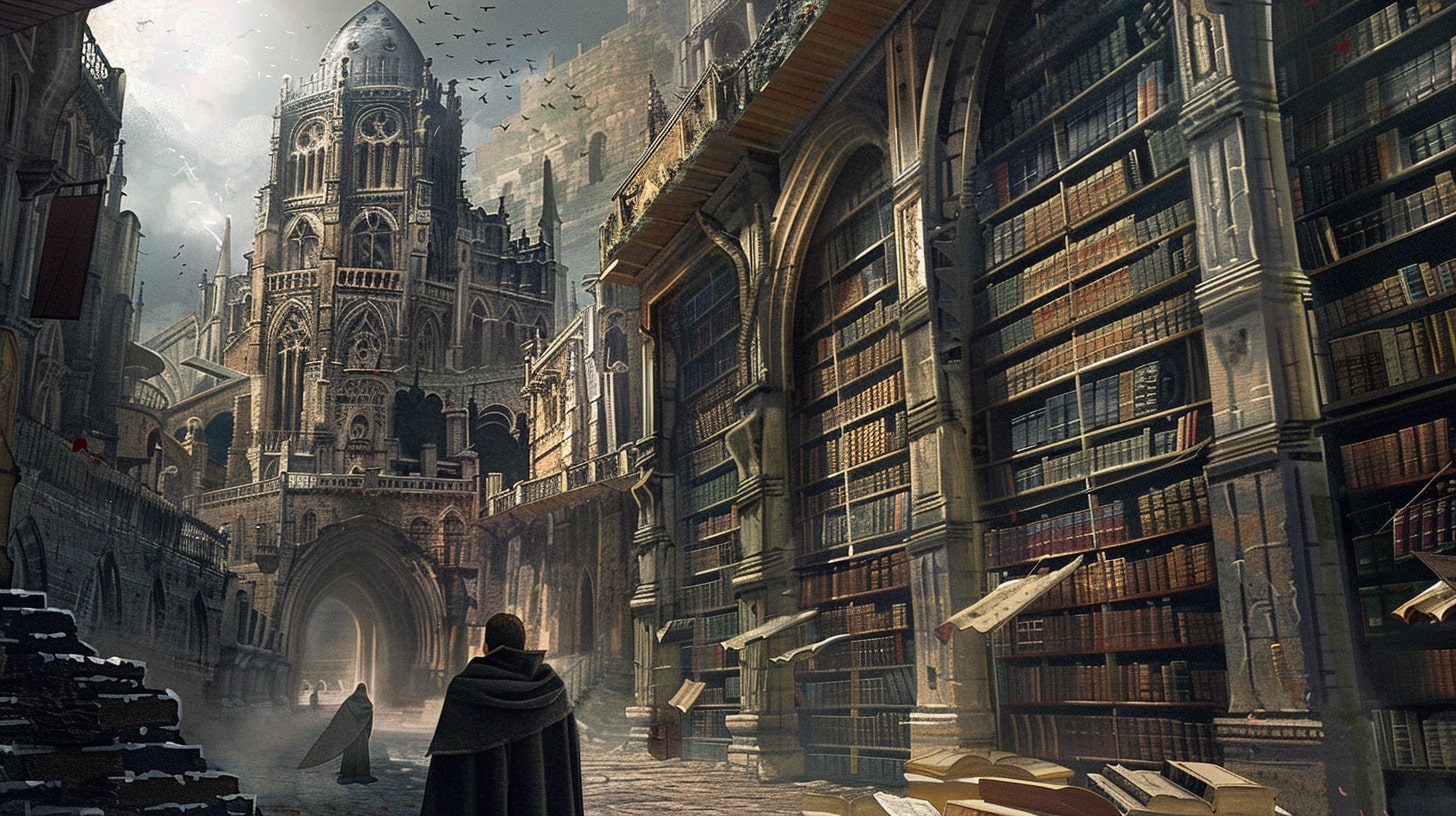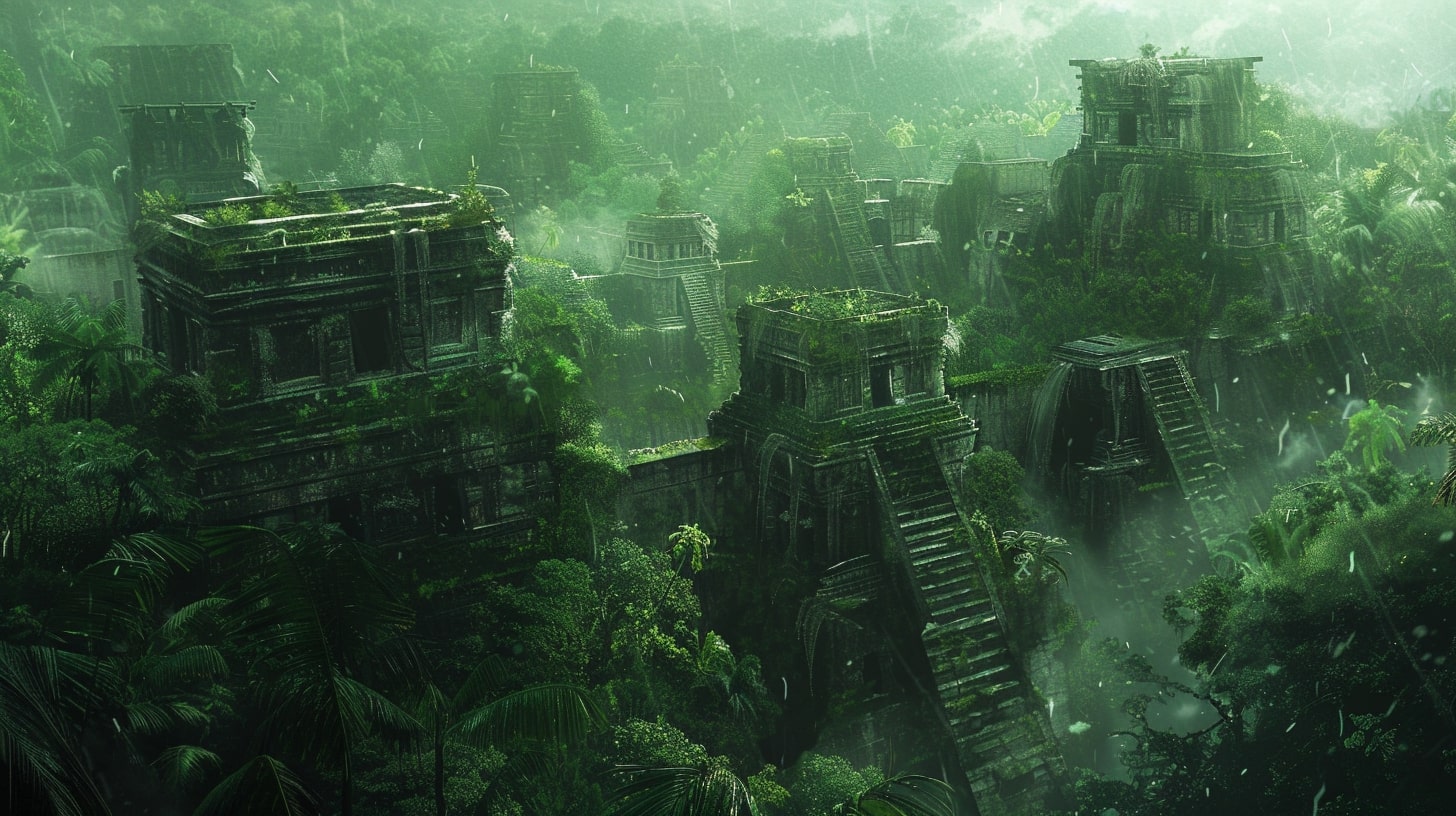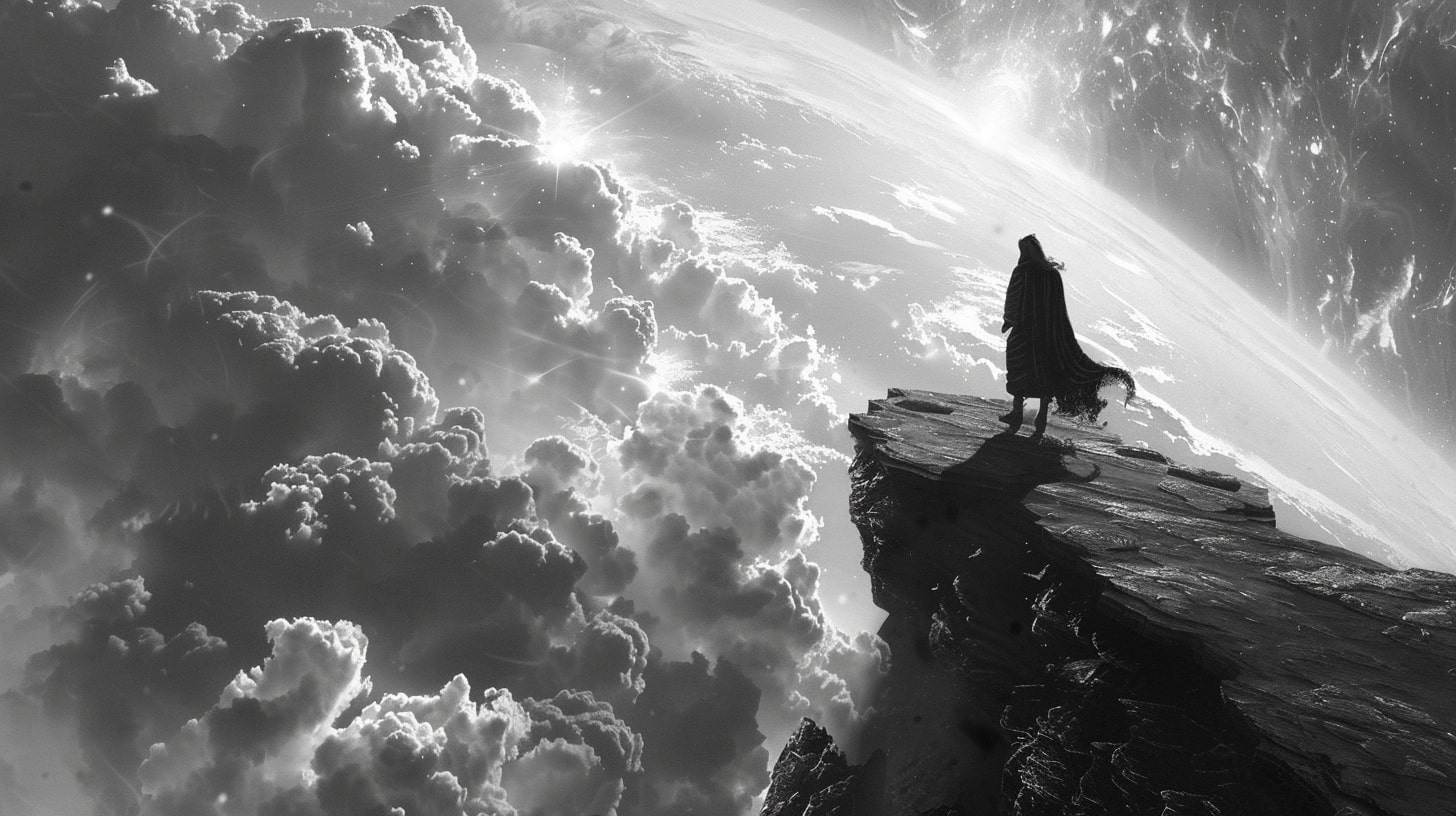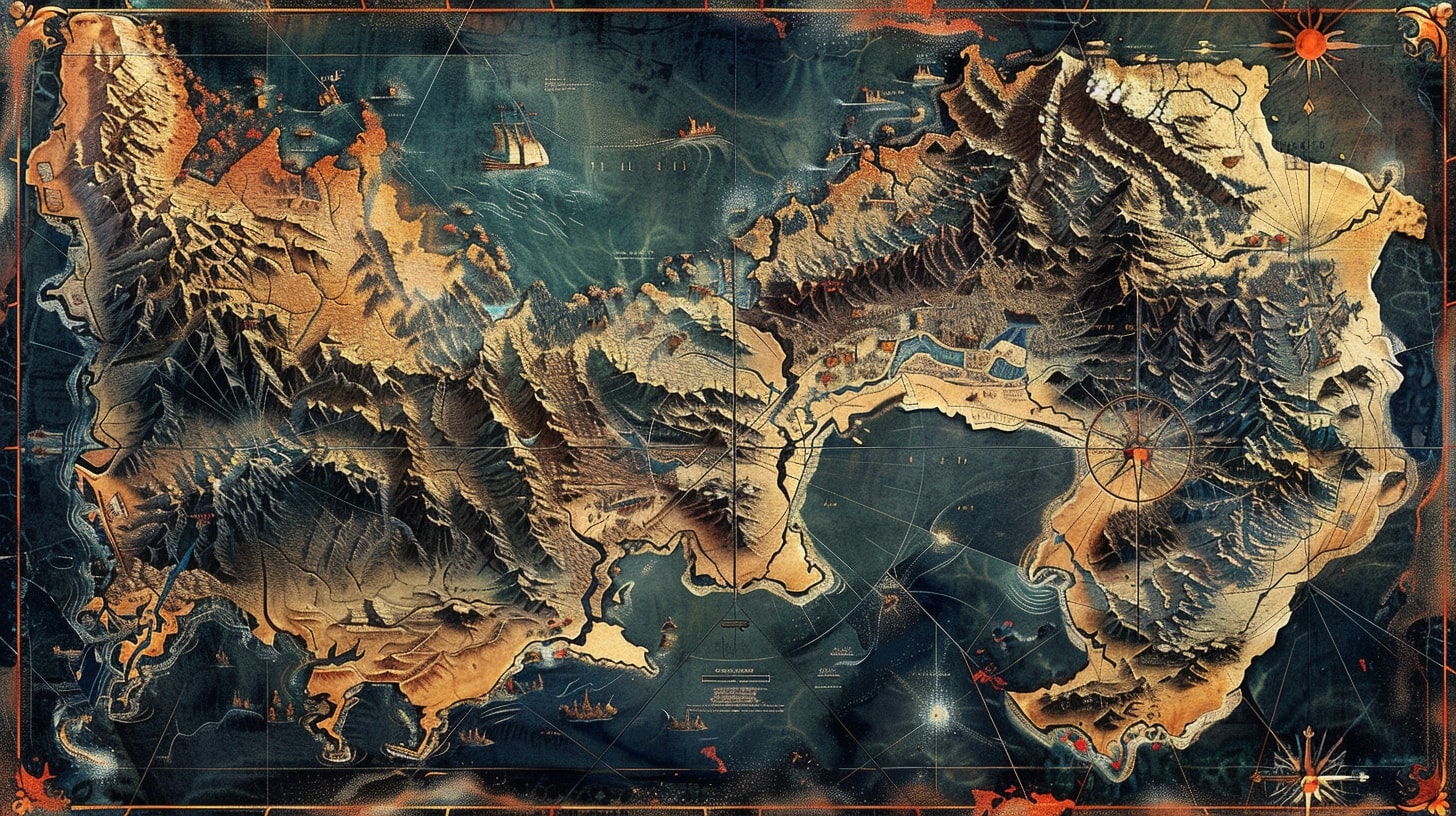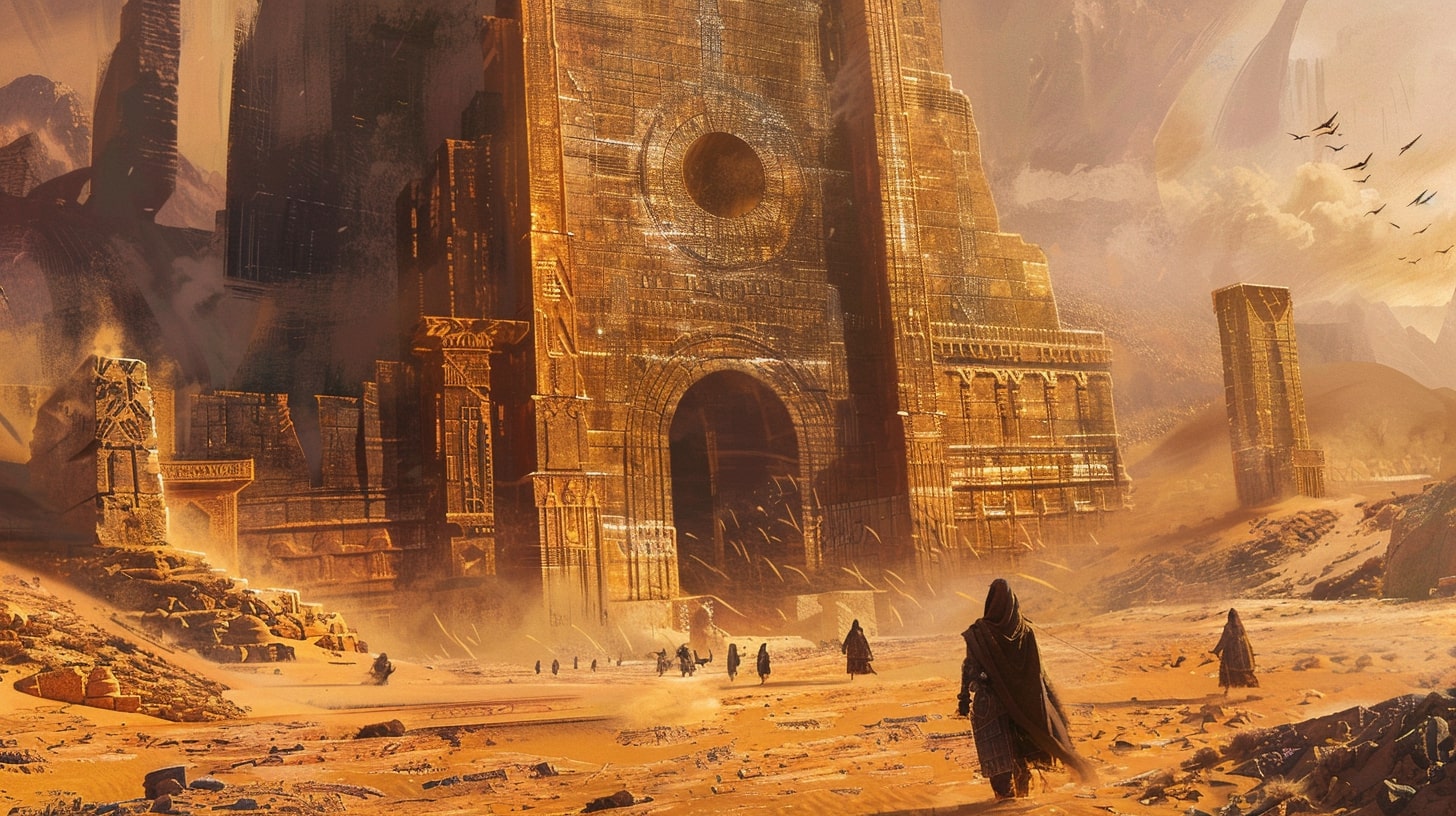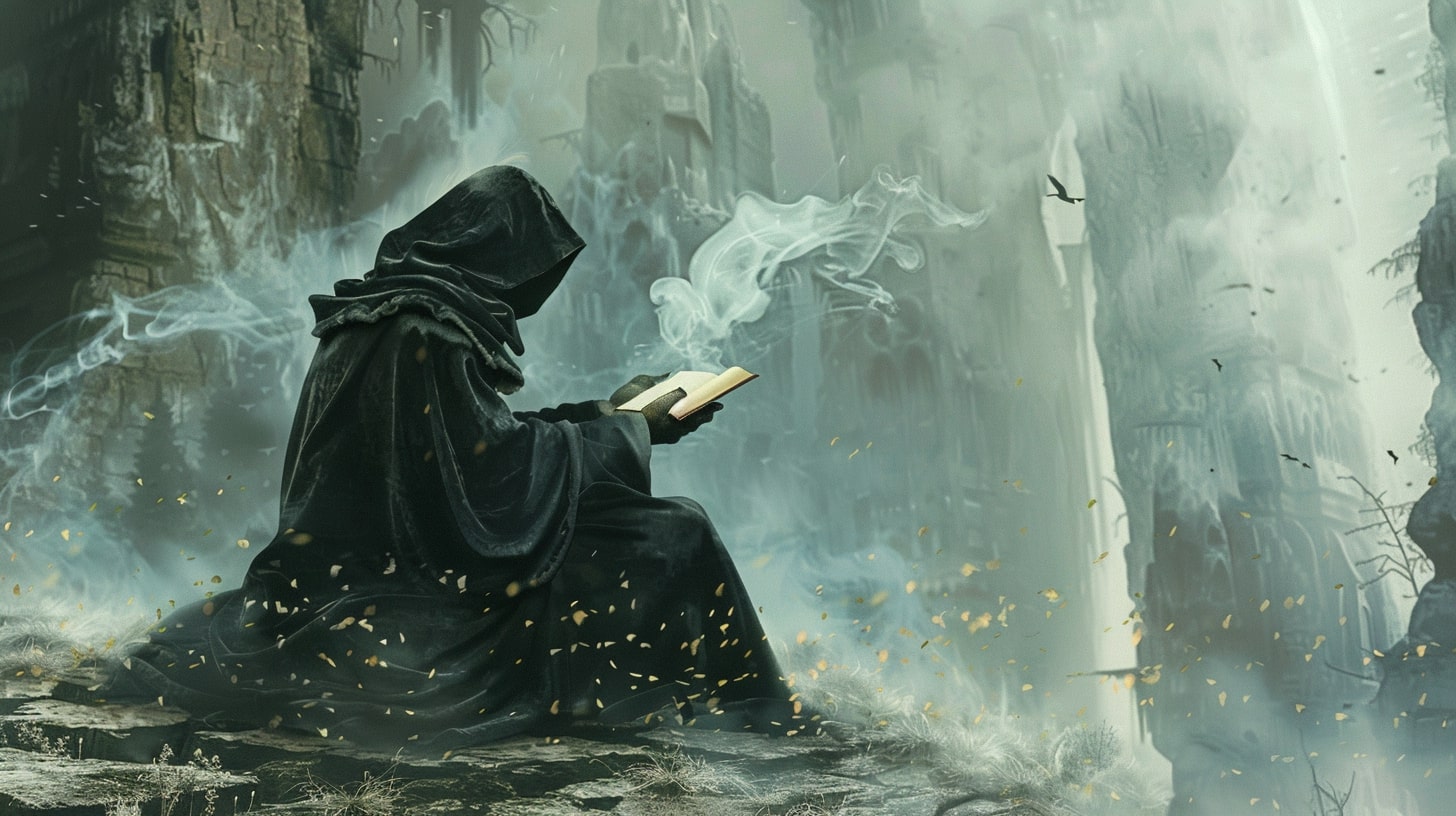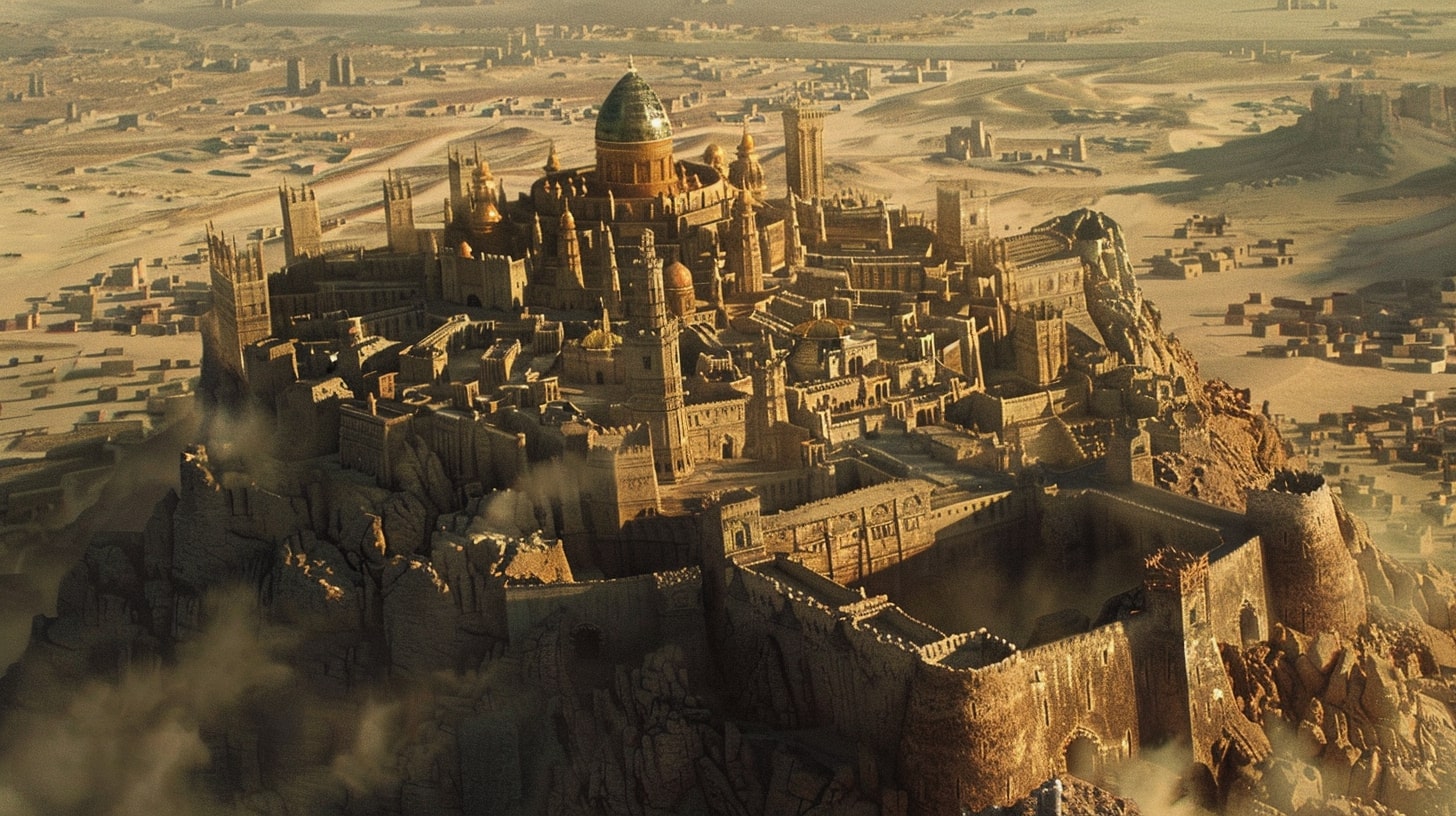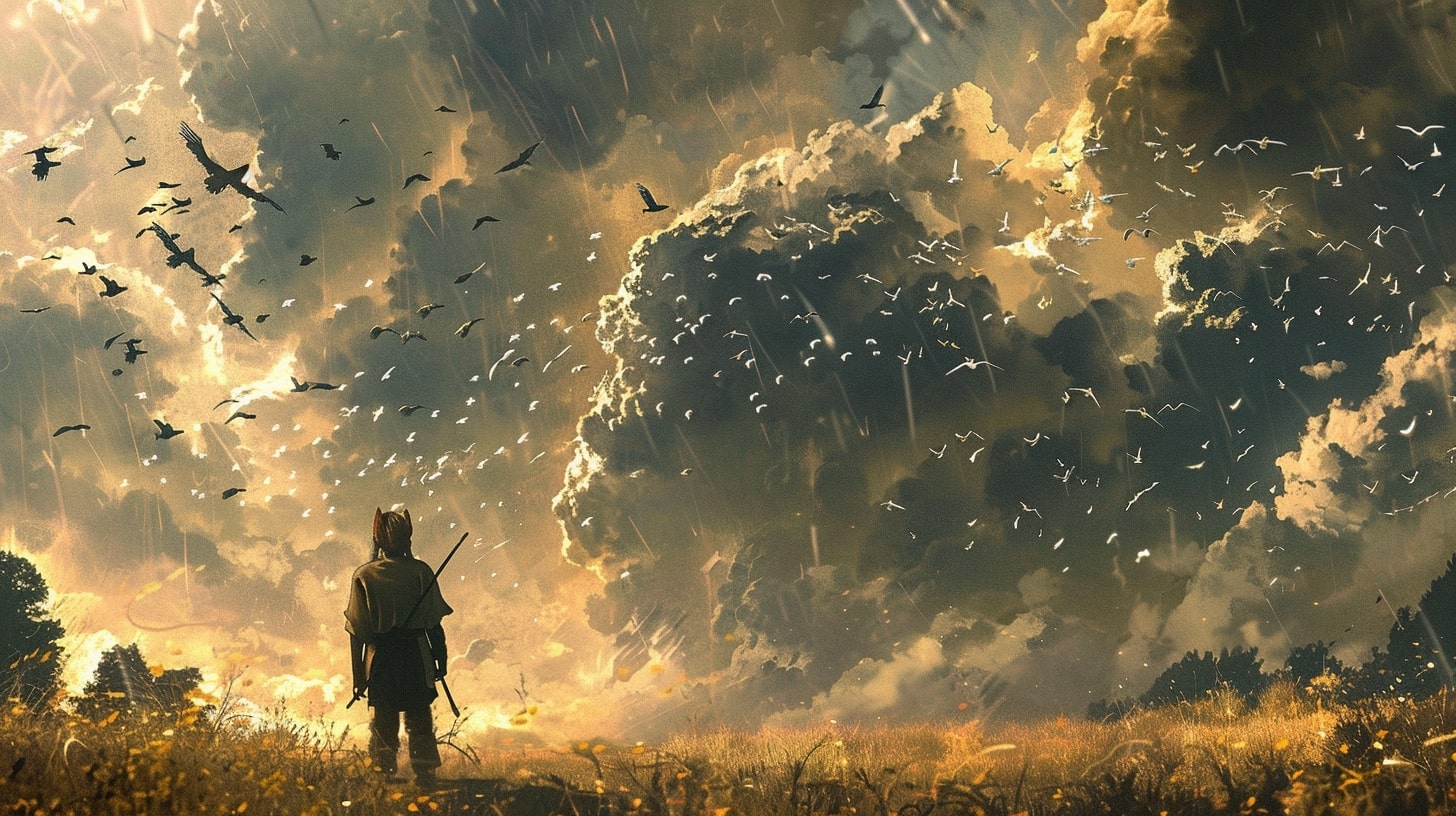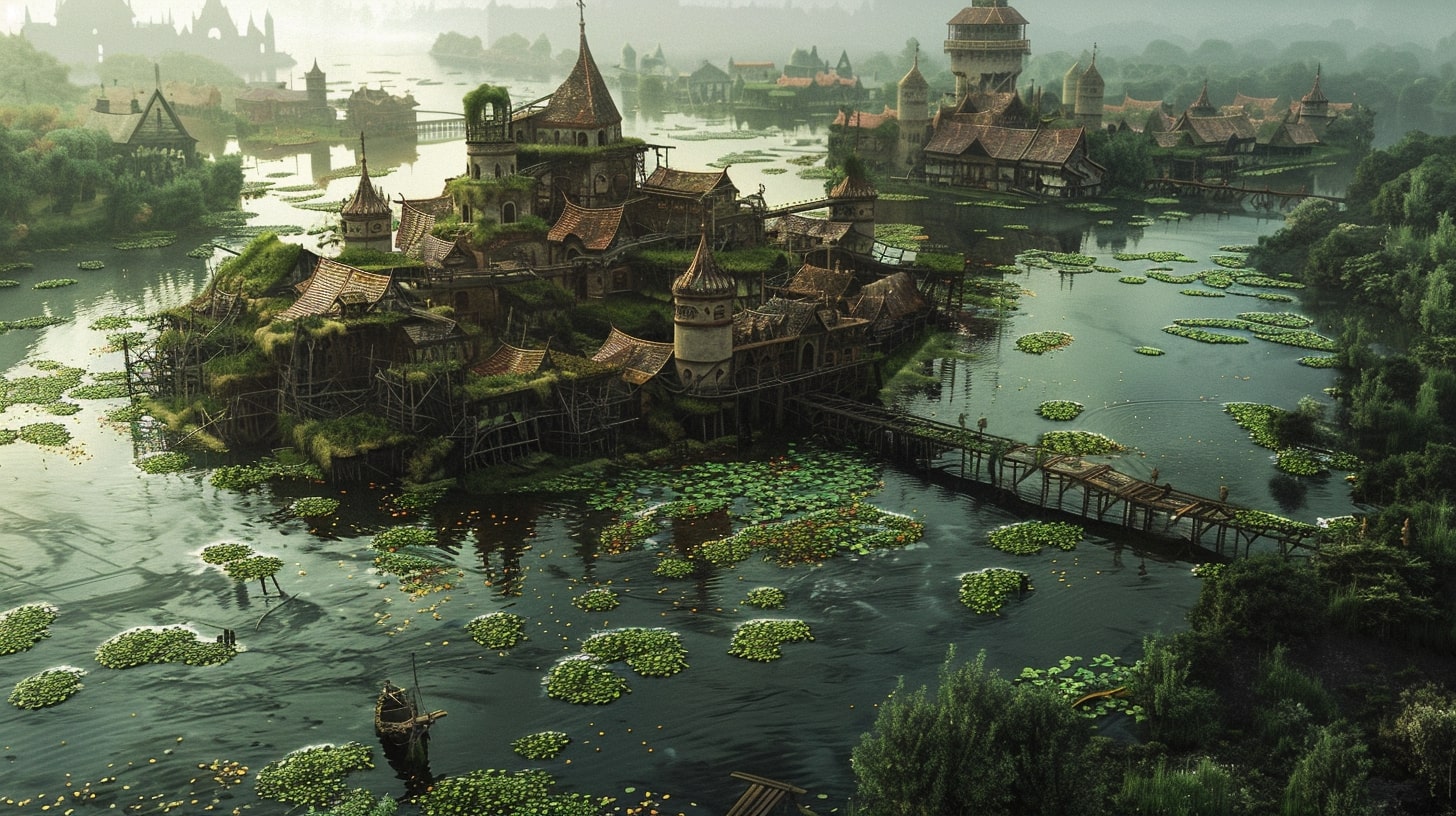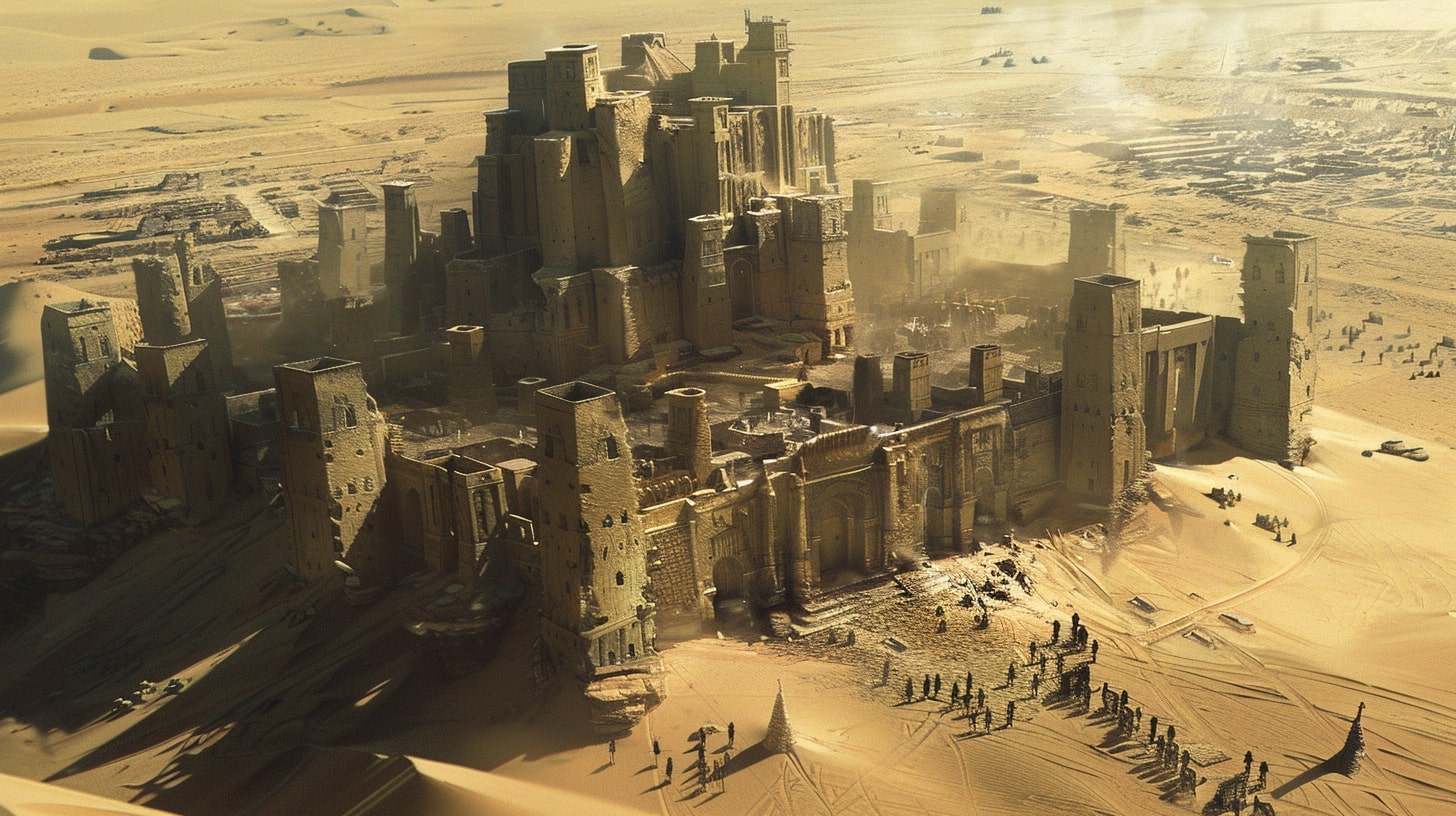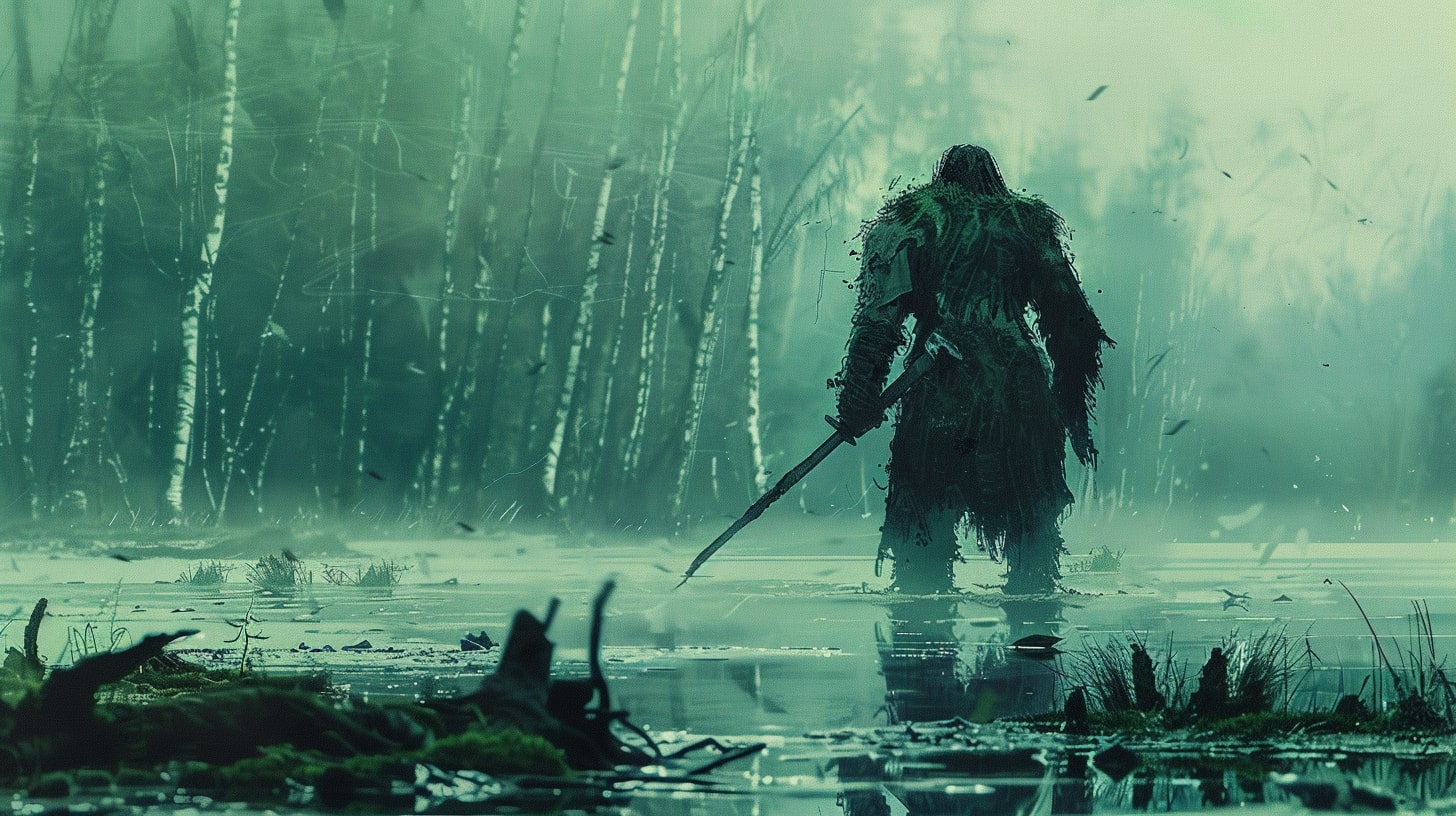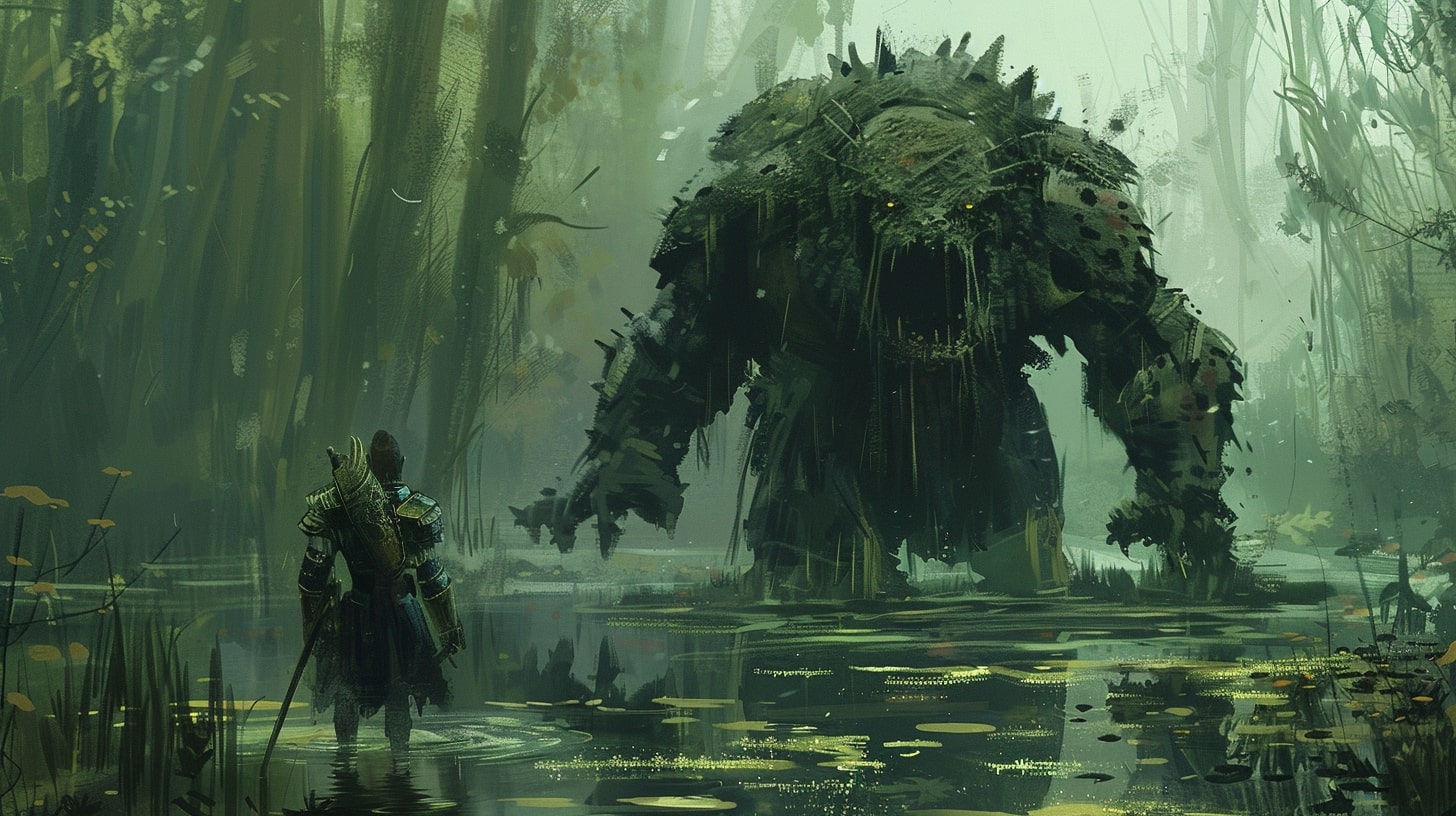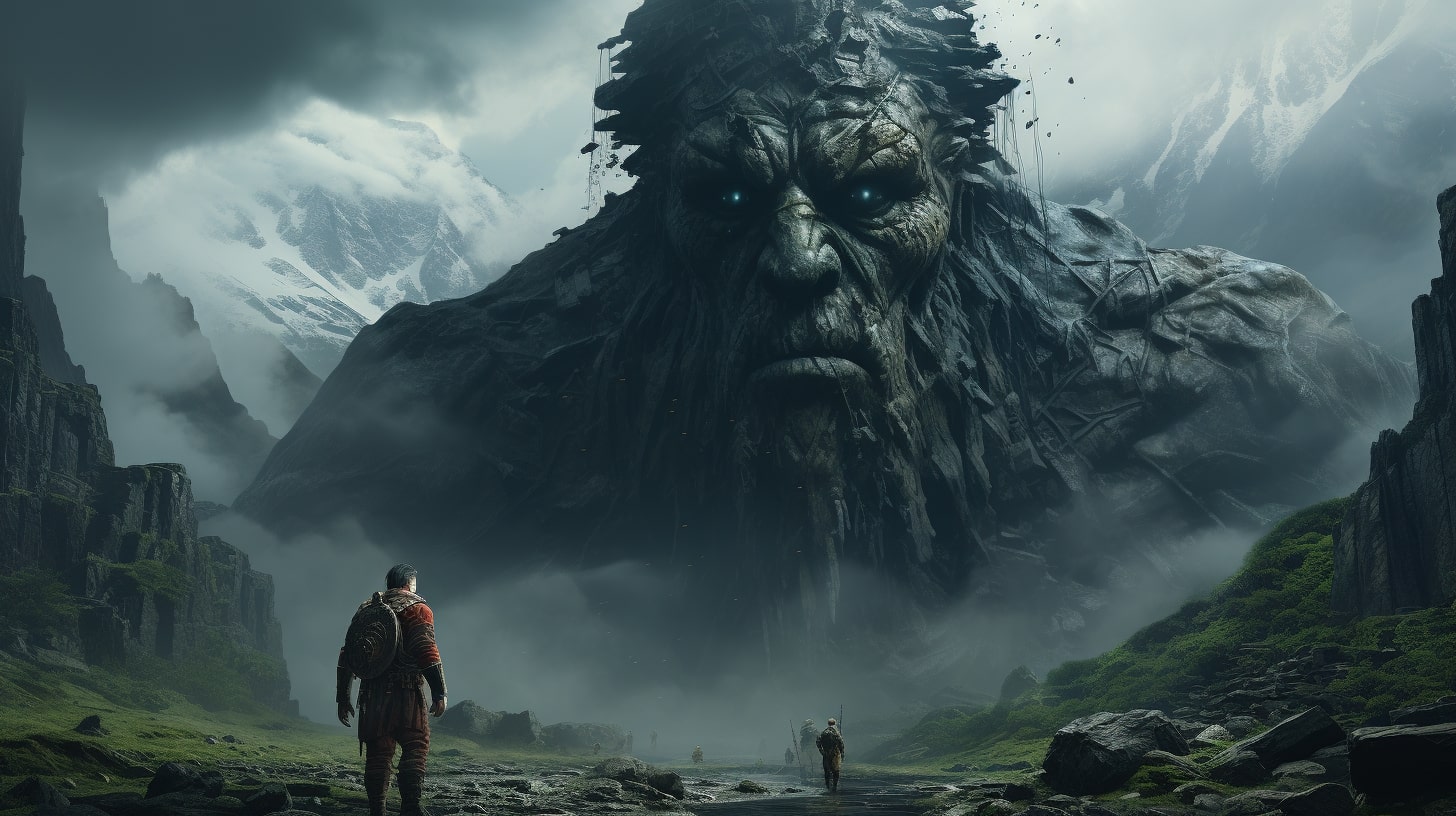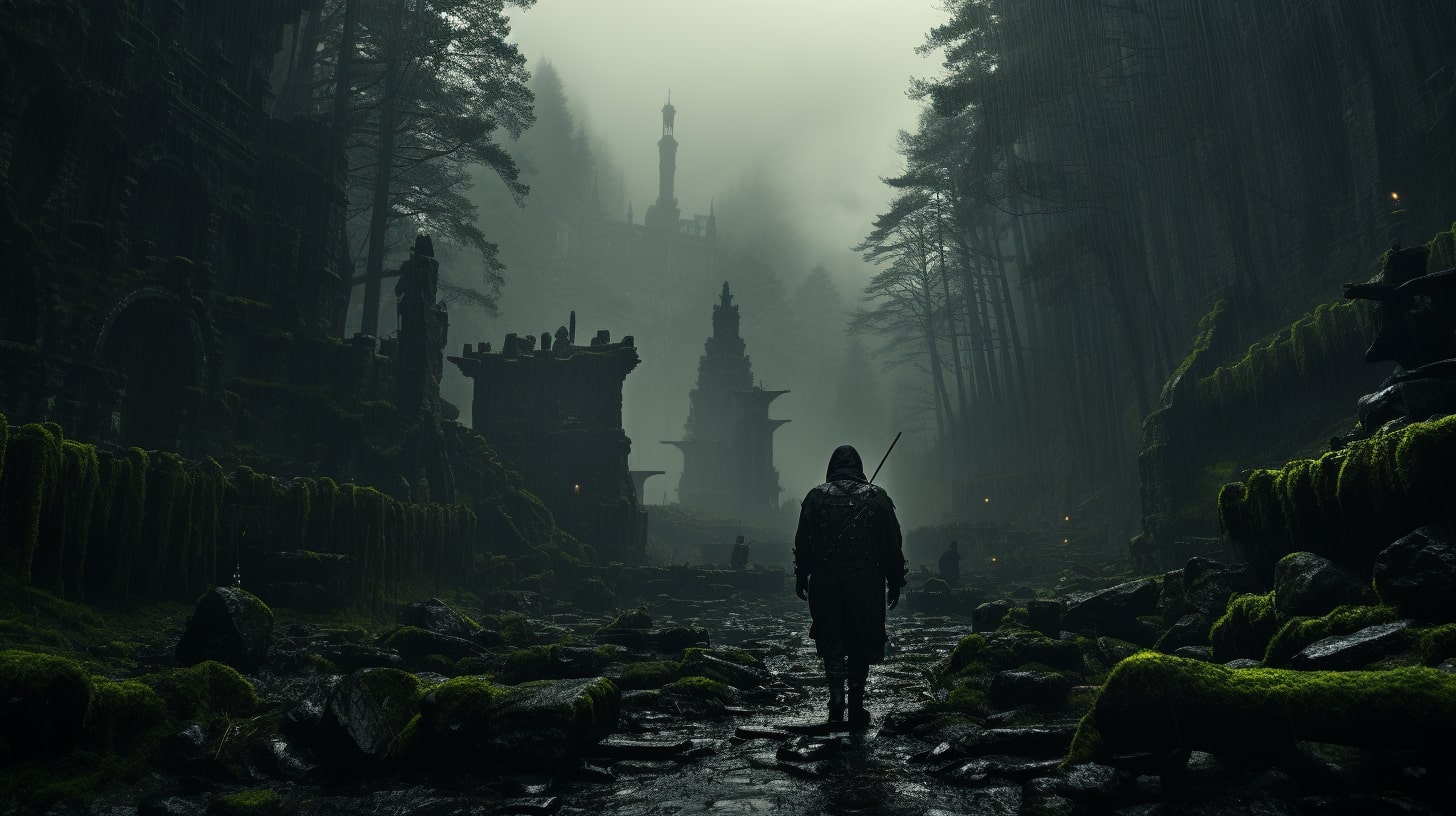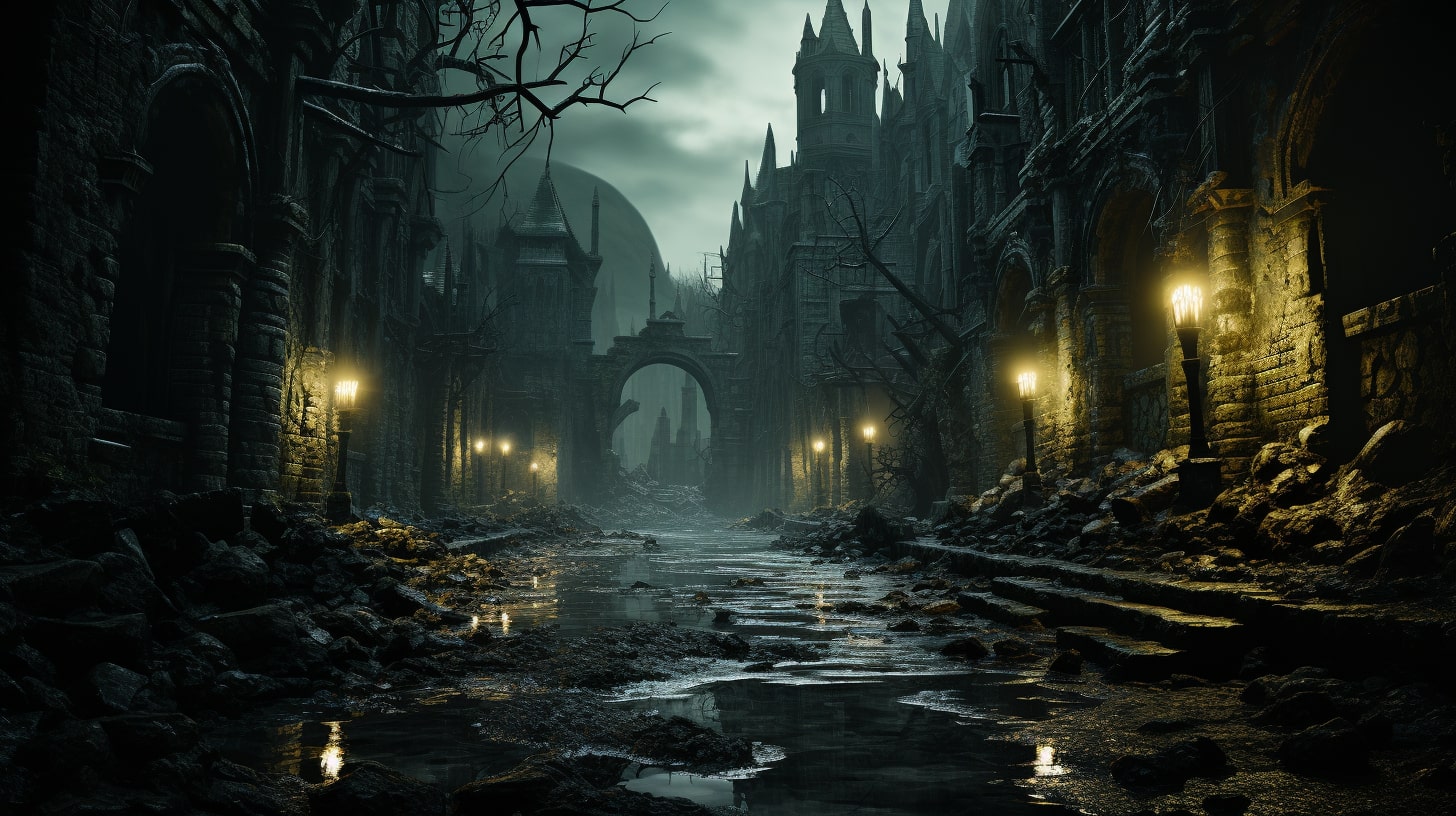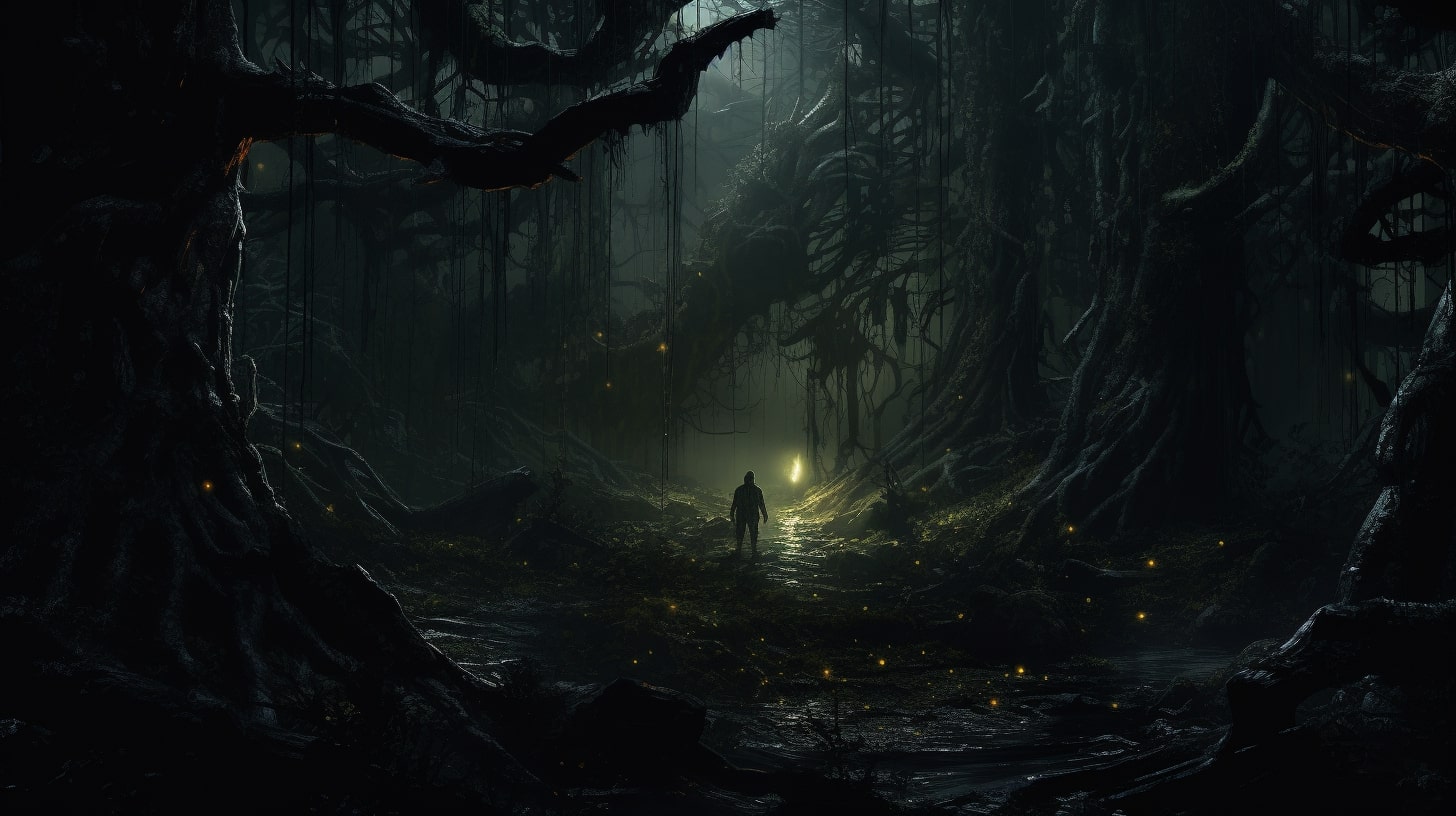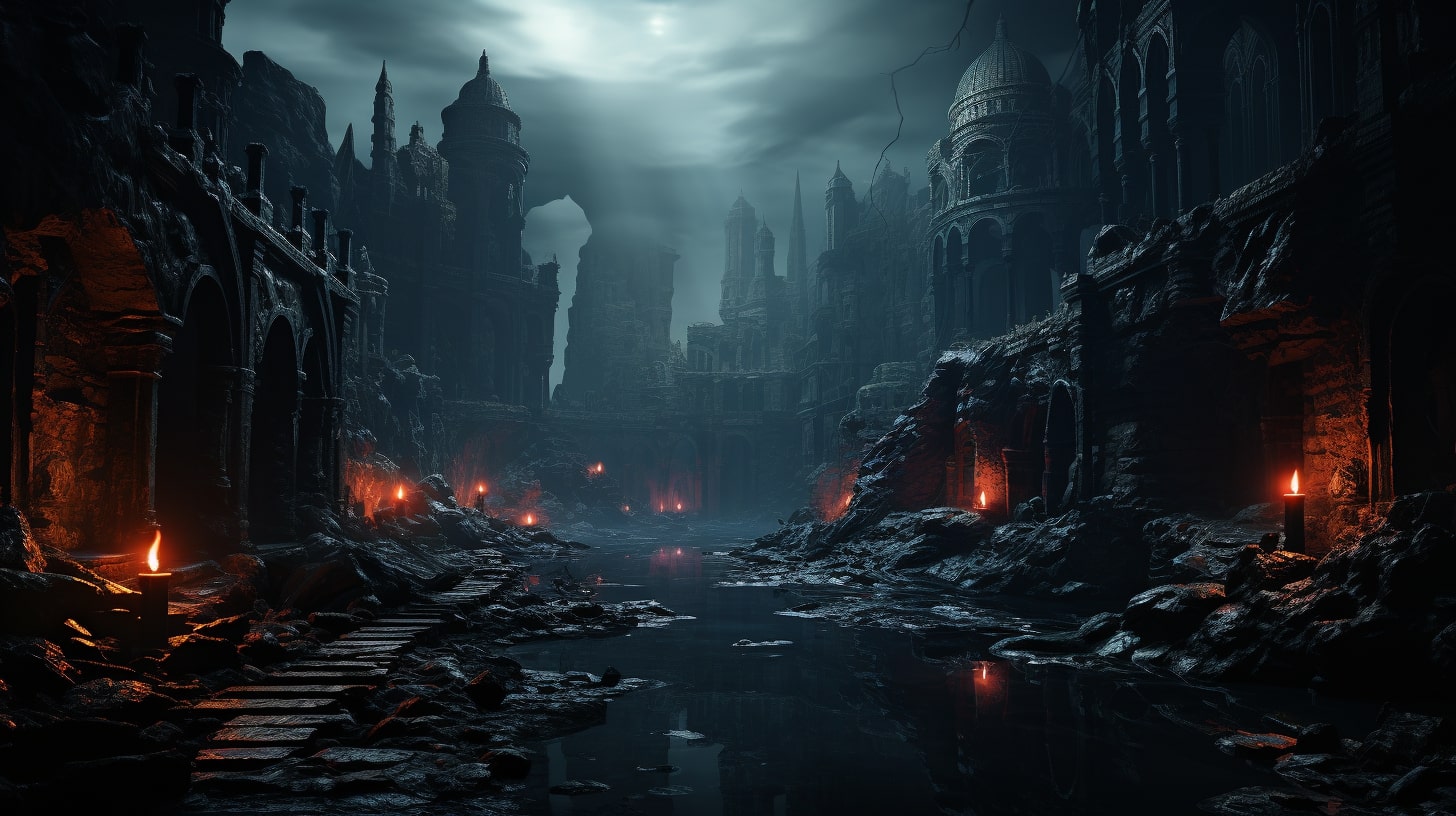The Art of Worldbuilding
In the realm of fantasy writing, worldbuilding is an essential skill that allows you to create immersive and captivating fictional worlds. By crafting intricate details about your world, you can transport readers to new realms filled with rich lore and compelling characters. One crucial aspect of worldbuilding is understanding and incorporating the climate of your fictional world.
The Importance of Worldbuilding in Fantasy Writing
Worldbuilding is like laying the foundation for your story. It provides a solid structure for your plot, characters, and the overall believability of your world. When done effectively, worldbuilding enhances the reader's experience, making them feel as if they are part of the fantastical realm you have created.
By meticulously crafting the climate of your world, you breathe life into the setting, making it feel more realistic and immersive. The climate influences various aspects of your world, such as the geography, flora, fauna, and even the cultures and societies that inhabit it. It sets the stage for conflict, adventure, and exploration, allowing your readers to embark on a journey like no other.
Unraveling the Magic of Worldbuilding Climate
Worldbuilding climate refers to the weather patterns, temperatures, and atmospheric conditions of your fictional world. It goes beyond simply describing the temperature and rainfall; it encompasses a holistic approach to creating a believable and consistent climate system.
To create a climate for your world, you need to consider various factors, such as the geographical features, atmospheric conditions, and the impact of climate on the flora and fauna. These elements work together to shape the unique characteristics of your world's climate and provide a foundation for the stories that unfold within it.
As you embark on your worldbuilding journey, remember that climate is just one piece of the puzzle. Explore other aspects of worldbuilding, such as geography, cultures, architecture, history, and mythology, to create a fully immersive and captivating world. Be sure to check out our worldbuilding guide for more tips and resources to help you on your worldbuilding journey.
Embrace the magic of worldbuilding climate and watch as your fictional world comes to life, captivating readers and transporting them to a realm filled with wonder and adventure.
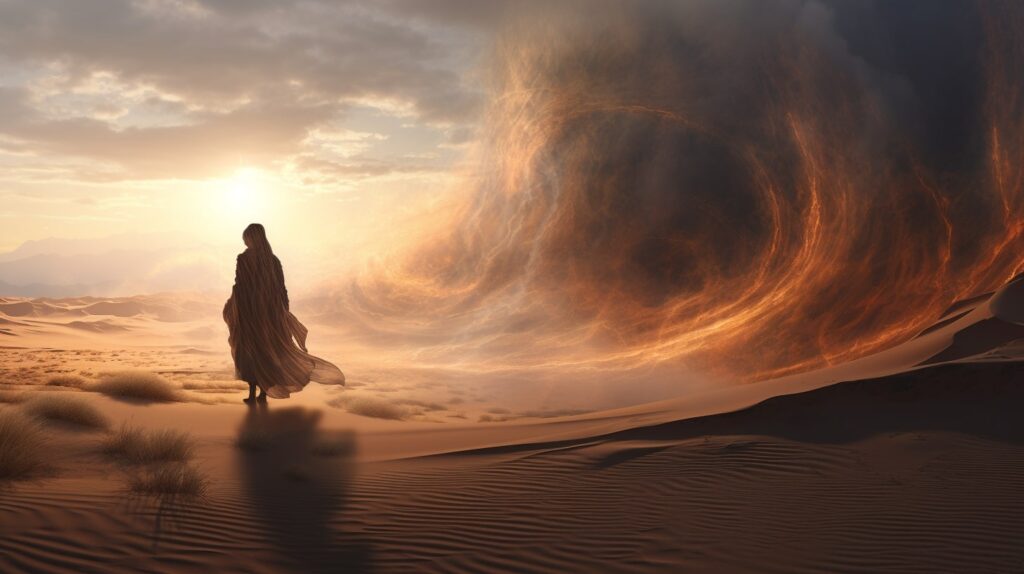
Understanding Climate in Worldbuilding
In the realm of worldbuilding, climate plays a vital role in shaping the environment, cultures, and overall narrative of your fictional world. To create a cohesive and immersive world, it's important to understand what climate means in the context of worldbuilding and the various elements to consider.
What is Climate in the Context of Worldbuilding?
Climate refers to the long-term weather patterns and conditions that exist in a specific region of your created world. It encompasses factors such as temperature, precipitation, humidity, wind patterns, and more. Just like in the real world, the climate in your fictional world will influence the landscapes, ecosystems, and even the behavior and lifestyle of its inhabitants.
When developing your world's climate, consider how it will impact the daily lives and experiences of the characters inhabiting your world. Will they face extreme heat or bitter cold? Will they be surrounded by lush forests or arid deserts? By answering these questions, you can add depth and realism to your world.
Elements of Climate to Consider
To create a believable climate for your world, there are several key elements to consider. These include:
Temperature: Determine the average temperatures in different regions of your world. This will influence the clothing, architecture, and activities of the inhabitants.
Precipitation: Consider the amount and frequency of rainfall, snowfall, or other forms of precipitation. This will impact the availability of water and the types of plants and animals that can thrive.
Humidity: Determine the level of moisture in the air. High humidity can affect the comfort of your characters and the growth of vegetation.
Wind Patterns: Explore the prevailing wind directions and speeds. This can affect sailing, agriculture, and the spread of airborne substances.
Seasons: Establish the number and characteristics of seasons in your world. This will influence the agricultural practices, festivals, and overall sense of time.
Geographical Features: Consider how mountains, bodies of water, and other geographical features influence weather patterns and microclimates within your world.
By taking these elements into account, you can create a rich and diverse climate system for your world, providing a solid foundation for your storytelling.
Understanding climate in the context of worldbuilding is crucial for crafting a believable and immersive fictional world. By carefully considering the elements of climate and their impact on the environment and its inhabitants, you can bring your world to life in a way that captivates readers and draws them into your narrative.
Climate plays a huge role in the Voidmoor and dictates what creatures are capable of living there. If the climate allows for lush plant life and sustainable living then it removes the rich history of the location along with the fantastic creatures that are found there.

Worldbuilding Climate: Creating the Right Climate for Your World
In the process of worldbuilding, creating a climate for your fictional world is essential for establishing a believable and immersive setting. The climate of your world will greatly influence various aspects, including geography, atmosphere, and the flora and fauna that inhabit it. Let's explore the key factors to consider when creating a climate for your world: geographical factors, atmospheric conditions, and the impact of climate on flora and fauna.
Geographical Factors
Geographical factors play a significant role in determining the climate of your world. The positioning of landmasses, mountains, and bodies of water can impact the distribution of temperature, precipitation, and wind patterns. For instance, mountain ranges can create rain shadows, resulting in arid regions on one side and lush, rainy areas on the other.
Consider the size and shape of continents and their proximity to the equator or poles. Larger landmasses tend to experience greater temperature extremes, while coastal regions may have milder climates due to the moderating influence of the ocean. By carefully designing the geography of your world, you can create diverse climates that add depth and realism to your storytelling.
Atmospheric Conditions
The atmospheric conditions in your world are another crucial aspect of climate creation. Factors such as air pressure, humidity, and prevailing winds contribute to the overall climate. For example, areas near the equator tend to experience high heat and humidity, while regions closer to the poles may have lower temperatures and lower humidity levels.
Consider the presence of atmospheric phenomena such as monsoons, trade winds, or prevailing storm systems. These elements can greatly influence the weather patterns and climate of different regions within your world. By incorporating these atmospheric conditions into your worldbuilding, you can add complexity and realism to the climate of your fictional world.
Impact of Climate on Flora and Fauna
The climate of your world has a profound impact on the flora and fauna that inhabit it. Different climates support unique ecosystems, shaping the types of plants and animals that thrive within them. For example, tropical climates may be home to dense rainforests teeming with diverse plant and animal life, while polar regions may have sparse vegetation and specialized cold-adapted species.
Consider how the climate affects the adaptation and evolution of creatures within your world. Harsh climates may give rise to resilient, hardy species, while more temperate regions may support a greater variety of life forms. By understanding the relationship between climate and ecosystems, you can create a rich and believable world teeming with diverse flora and fauna.
As you embark on the journey of worldbuilding, remember to take into account these key factors when creating a climate for your world. By carefully considering geographical factors, atmospheric conditions, and the impact of climate on flora and fauna, you can craft a vivid and immersive world that captivates your readers.
Types of Climates in Worldbuilding
When it comes to worldbuilding climate, there are various types of climates you can consider for your fictional world. Each type of climate brings its own unique characteristics and can greatly influence the environment, cultures, and societies within your world. Here are four common types of climates to explore:
Tropical Climates
Tropical climates are characterized by high temperatures and abundant rainfall throughout the year. These regions typically have lush, dense vegetation and are home to diverse and vibrant ecosystems. Think of tropical rainforests with their towering trees, colorful flowers, and exotic wildlife. The warm and humid conditions of tropical climates can influence the cultures and lifestyles of the inhabitants, as well as the types of crops that can be grown. Incorporating a tropical climate into your world can provide a backdrop for vibrant and lush settings.
Arid Climates
Arid climates, also known as desert climates, are marked by extremely low precipitation levels and high temperatures. These regions are often dry and barren, with sparse vegetation and vast stretches of sand or rock. Deserts, such as the Sahara or the Mojave, are prime examples of arid climates. The scarcity of water and the harsh conditions of arid climates can shape the survival strategies of the inhabitants, leading to unique cultural practices and adaptations. Consider incorporating an arid climate to add an element of challenge and resilience to your world.
Temperate Climates
Temperate climates are characterized by moderate temperatures and distinct seasons. These regions experience warm summers and cool winters, with a moderate amount of rainfall throughout the year. This type of climate is commonly found in areas like the Mediterranean, where you have lush green landscapes in the spring and summer, and colorful foliage in the fall. The moderate climate can influence the types of crops grown, the architectural styles used, and even the clothing worn by the inhabitants. Incorporating a temperate climate into your world can provide a familiar and relatable setting for your readers.
Polar Climates
Polar climates are associated with extreme cold temperatures and little to no vegetation. These regions, such as the Arctic and Antarctica, are covered in ice and snow for most of the year. The harsh conditions of polar climates can greatly impact the ecosystems and the survival strategies of any inhabitants. The isolation and limited resources in these regions can lead to unique cultural practices and adaptations. Incorporating a polar climate can add an element of mystery and danger to your world, as well as provide opportunities for exploration and survival stories.
By considering these different types of climates in your worldbuilding, you can create diverse and dynamic environments that enhance the depth and richness of your fictional world. Remember to consider the geographical factors, atmospheric conditions, and the impact of climate on flora and fauna when developing your world. For more worldbuilding ideas and tips, check out our worldbuilding resources.
Utilizing Climate in Your Worldbuilding
Incorporating climate into your worldbuilding can add depth, realism, and intrigue to your fictional worlds. By carefully considering the impact of climate, you can create realistic environments, influence cultures and societies, and enhance plot and conflict within your stories.
Building Realistic Environments
When building your world, climate plays a vital role in shaping the physical characteristics of the land. The type of climate your world possesses will determine the presence of lush forests, arid deserts, icy tundras, or sprawling grasslands. By considering the geographical factors, such as proximity to the equator or the presence of mountain ranges, you can create diverse and believable environments that immerse your readers. For more ideas on worldbuilding, check out our article on worldbuilding ideas.
Influencing Cultures and Societies
Climate has a significant impact on the development of cultures and societies within your world. The availability of resources, such as water and food, heavily influences the way communities thrive and interact with their environment. For example, in a desert climate, societies may have developed efficient water-conservation techniques and a nomadic lifestyle. On the other hand, in a tropical climate, cultures may have developed agriculture as a means of sustenance. By considering the relationship between climate and cultures, you can add richness and complexity to your world. For more insights, visit our article on worldbuilding cultures.
Enhancing Plot and Conflict
Climate can also serve as a powerful tool to enhance the plot and conflict within your story. Extreme weather conditions, such as hurricanes, blizzards, or droughts, can create obstacles for your characters to overcome. These challenges can drive the narrative forward and add tension to your story. Additionally, conflicts can arise from the competition for limited resources in harsh climates or the struggle to adapt to changing environmental conditions. By utilizing climate-related conflicts, you can create compelling storylines and captivate your readers. For more tips on worldbuilding, don't forget to check out our article on worldbuilding tips.
By harnessing the power of climate in your worldbuilding, you can breathe life into your fictional worlds. Building realistic environments, influencing cultures and societies, and enhancing plot and conflict are just a few ways in which climate can elevate your storytelling. So go ahead and let the magic of worldbuilding climate transport your readers to captivating and immersive realms.

